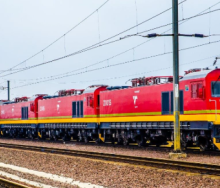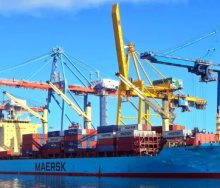Of total global air emissions, shipping accounts for 18-30% of the nitrogen oxide and 9% of the sulphur oxides.
So a global control of this problem has been imposed with the implementation of the Marpol 73/17, Annex VI. As the Sulphur Emission Controlled Area (Seca) continues to grow, the shipping industry must reduce its emissions in that region - including sulphur oxides (SOx), nitrogen oxides (NOx) and particulates.
The Annex is applicable to all diesel engines with a rated output of 130 Kw and over, installed on ships constructed on or after January 1, 2000. Therefore, once the Annex is fully ratified, practically all engines installed on ships, with the exception of emergency generators, will have to meet these requirements.
But the reduction of NOx raises technical risks, according to Ruurd Simonides, marine senior surveyor, Verweij Hoebee Group, and professional partner of the International Union of Marine Insurance (IUMI).
The source of nitrogen (N) is primarily the combustion air and secondarily the N present in the fuel itself. Simonides noted that NOx was formed during the combustion process within the burning of fuel spray, and the higher the temperature and the longer the residence time at high temperature, the more NOx formed.
“It seems obvious that the NOx emissions can be reduced by lowering the peak combustion temperatures,” he added. “Unfortunately lowering the combustion temperature will increase the formation of other pollutants such as particulates. Furthermore, engine efficiency is reduced, which will result in extra fuel consumption and thus extra emissions.
“Therefore, the most suitable measures are about balancing combustion efficiency and finding an acceptable level of all pollutants combined.”













